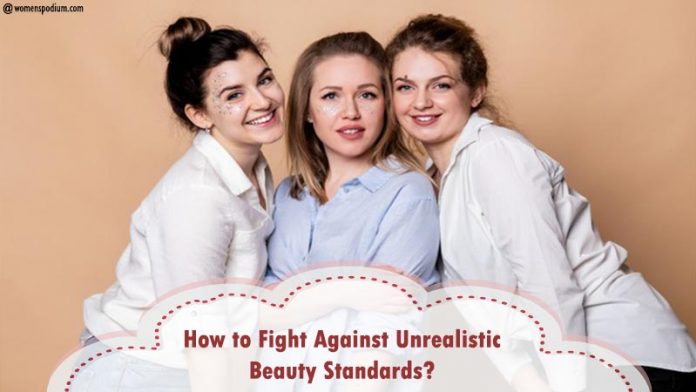
Okay, let’s be completely honest with each other here. Have you ever questioned yourself how many hours do you spend mindlessly scrolling through Instagram and YouTube? How many times do you find yourself staring at Instagram models that set unrealistic beauty standards with filters? Or How many times in a day do you “take a short break” from work only to realize that hours have passed by while you sit there scrolling through an endless feel of content you don’t even really like? If your answer is anything less than 2 hours, you’re either lying to yourself, or you’re actually one of the few that are immune to the charms of social media aesthetics.
Understanding the Role of Social Media
The role of social media has been on a steep upward incline ever since its inception. The pandemic and its consequences have only highlighted the importance as well as our dependence on social media. Children scroll through their feeds while the online school continues in the background. Adults pretend to sit through boring meetings while constantly shifting between tabs. Almost everyone you see is a victim of the shadow pandemic. This is, of course, our addiction to social media.
What are Unrealistic Beauty Standards?
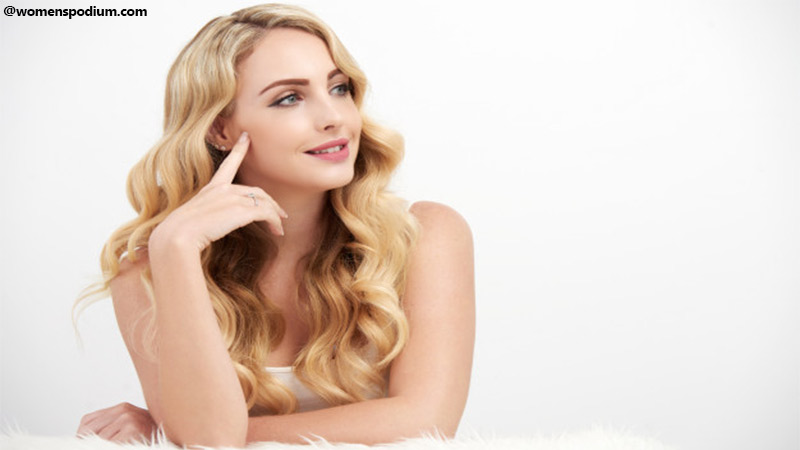
Social media was created with the best intentions; it is true. However, over the years, it has evolved into a tricky game of lies and deception. Unrealistic beauty standards have made social media a toxic environment. What we never really realized was that we were wearing masks long before the pandemic even started.
Filters, photo manipulation, and makeup have made it easy for people to set unrealistic beauty standards for all of us. The link between social media and unrealistic beauty standards is deep. We begin to compare ourselves to the models we see online. This is when we give in to those unrealistic beauty standards—the ones with seemingly perfect figures, no acne, and candid poses. However, what we don’t often stop and think about is the reality behind these pictures. This filtering of what society calls “beautiful” and whatnot, is the main cause of these unrealistic beauty standards.
How Social Media Creates Unrealistic Beauty Standards
No two people can look the same. In our own way, all of us are beautiful, and deep down, we all know this. However, we forget it way too often. The reason for this forgetfulness is the unrealistic beauty standards that social media helps create. Social media allows people to hide behind digitally manipulated pictures and filters that alter a person’s appearance into something society may call conventionally beautiful. It doesn’t let us embrace our differences. It doesn’t let us come to terms with our own beauty.
Instead, these unrealistic beauty standards and social media together create a perception that no matter what one does, they would never look as skinny, as pretty, or as well dressed like the models they see on these social networking platforms. We fail to see what goes on behind these photos and why we could never look the same. There are several reasons for this:
1. Lighting is Key
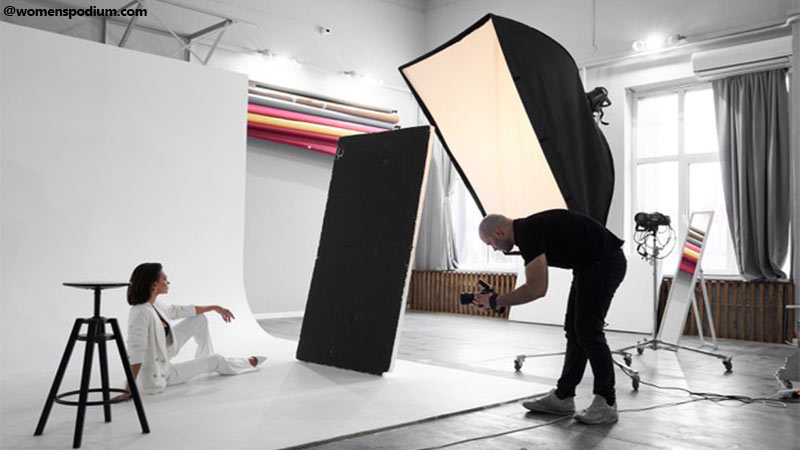
Images are easily manipulated using light—features can be hidden or emphasized using light. This is a trick used by beauty magazines for decades. This has now shifted to an online platform, making it more accessible and hence, even more detrimental.
2. Applying Makeup
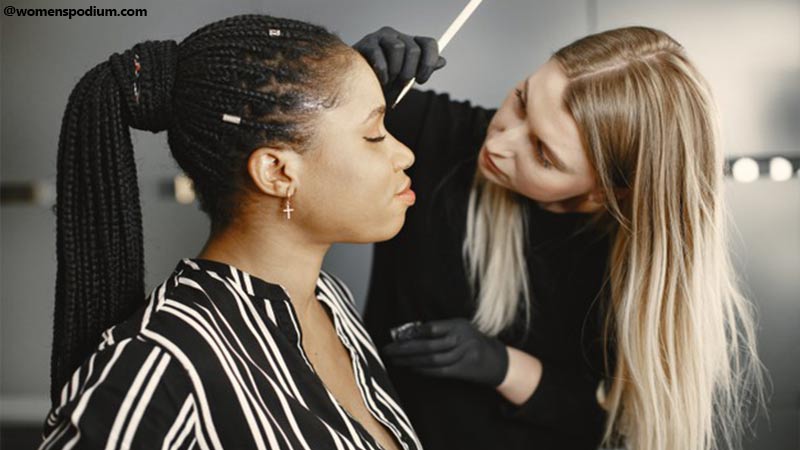
Makeup is another reason these images aren’t always the most realistic. Makeup has now evolved into an art form, with people creating beautiful face and body paintings using different techniques. However, makeup can also be a cause that contributes to unrealistic and toxic beauty standards.
3. Picture Editing
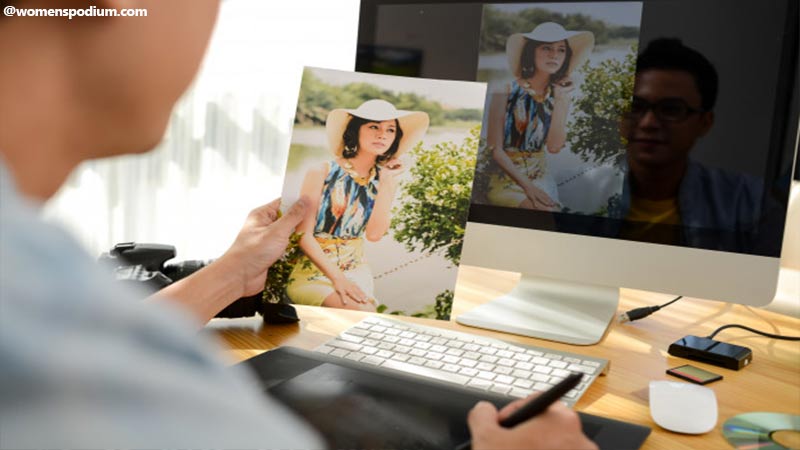
Photoshop is another tool that influences people to believe unrealistic and fake lives on social media. Influencers use photoshopping apps to enhance certain features on their face and body to fit better the stereotypical beauty standards predetermined by society.
Also Read: Learn how to use empathic listening skills to develop better understandings to dig deep into the root of the issues.
How do these Unrealistic Beauty Standards Affect Self-esteem?
According to a study conducted by Macquarie University and the University of New South Wales that examined over 350 American and Australian women, even 30 minutes of exposure to the unrealistic beauty standards set by social media can make them question their own experience. Women begin to negatively fixate their appearances, heights, weights, physical features, or even fashion choices. Clearly, the toxicity of social media is strong enough to contaminate even the strongest of self-esteem.
1. The Urge to Look Perfect
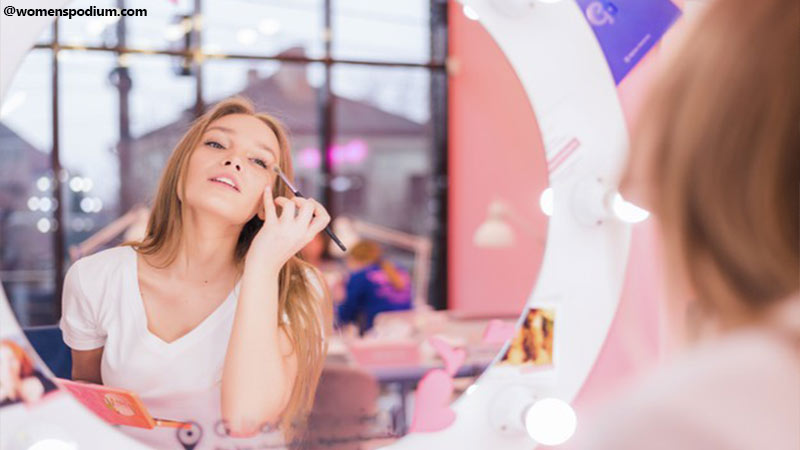
Not only women but also men begin to question themselves. They compare their stomachs to the iron-hard six-pack abs they see plastered on the internet, not realizing they could have been easily faked with just basic makeup skills. They obsess over fitness regimes and diets and hairlines, not once stopping to question that the definition of perfect they are chasing might just be another social media fake life.
2. What you See on Social Media isn’t Always True
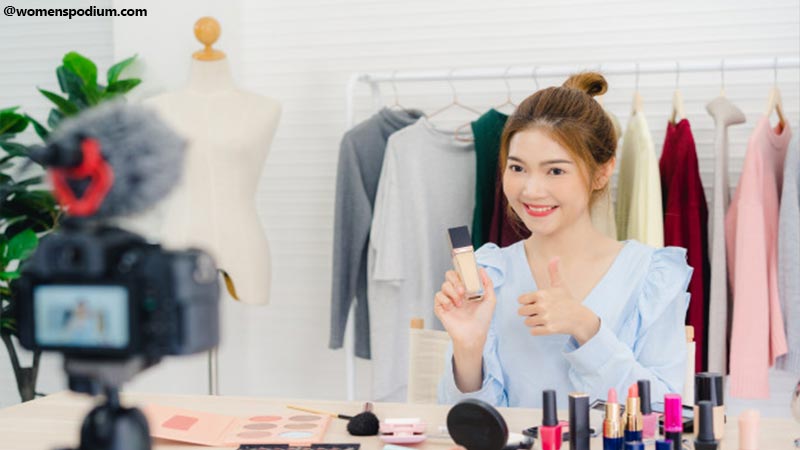
Everything that we see on social media is not exactly true. But come to think of it, we almost never stop and question it. Everything is never as perfect as it seems on social media. Those pictures your friends posted from Bali were right before they got terribly sunburnt, or a swarm of mosquitoes probably attacked the model posing in the middle of a safari. As we said, there’s a lot that goes on which is easily hidden by this “perfect” narrative that social media promotes.
How to Stop Promoting these Unrealistic Beauty Standards?
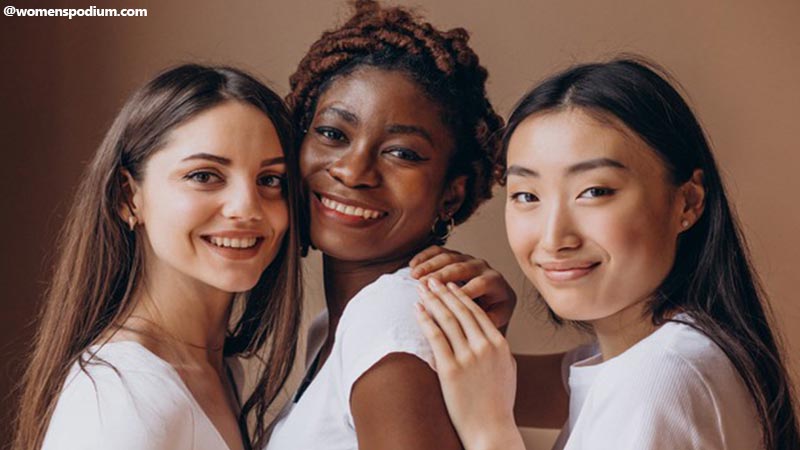
Now that we all know how much social media can affect our lives and just how much of it is actually true, we can all agree that there’s a need to combat it. But how? Well, there’s not much we can do to change what content someone decides to put out there. But there’s a lot we can do to filter out the content we consume.
There’s nothing wrong with letting vacation pictures motivate you to fly to an exotic island or to look at gym selfies and promise yourself to be healthier. What we do need to change is the way we approach content. We need to remind ourselves that there is a lot that probably went on behind the scenes and that life is anything but perfect for everyone.
So we need to, first and foremost, stop comparing ourselves to every model we see out there. We are all different human beings. Our true beauty lies in our uniqueness. We need to realize that our true strength is not our appearance, not our figure, and not how pretty our Instagram feed looks. Our true beauty is our personality. How do we react to the people around us? We need to stop focusing on looking pretty and start being rather kind, pretty smart, and pretty nice.
Also Read: Sometimes the perspective of our life conducive to Instagram is routine; how much is this fair?






Very helpful Information and Keep Sharing More.